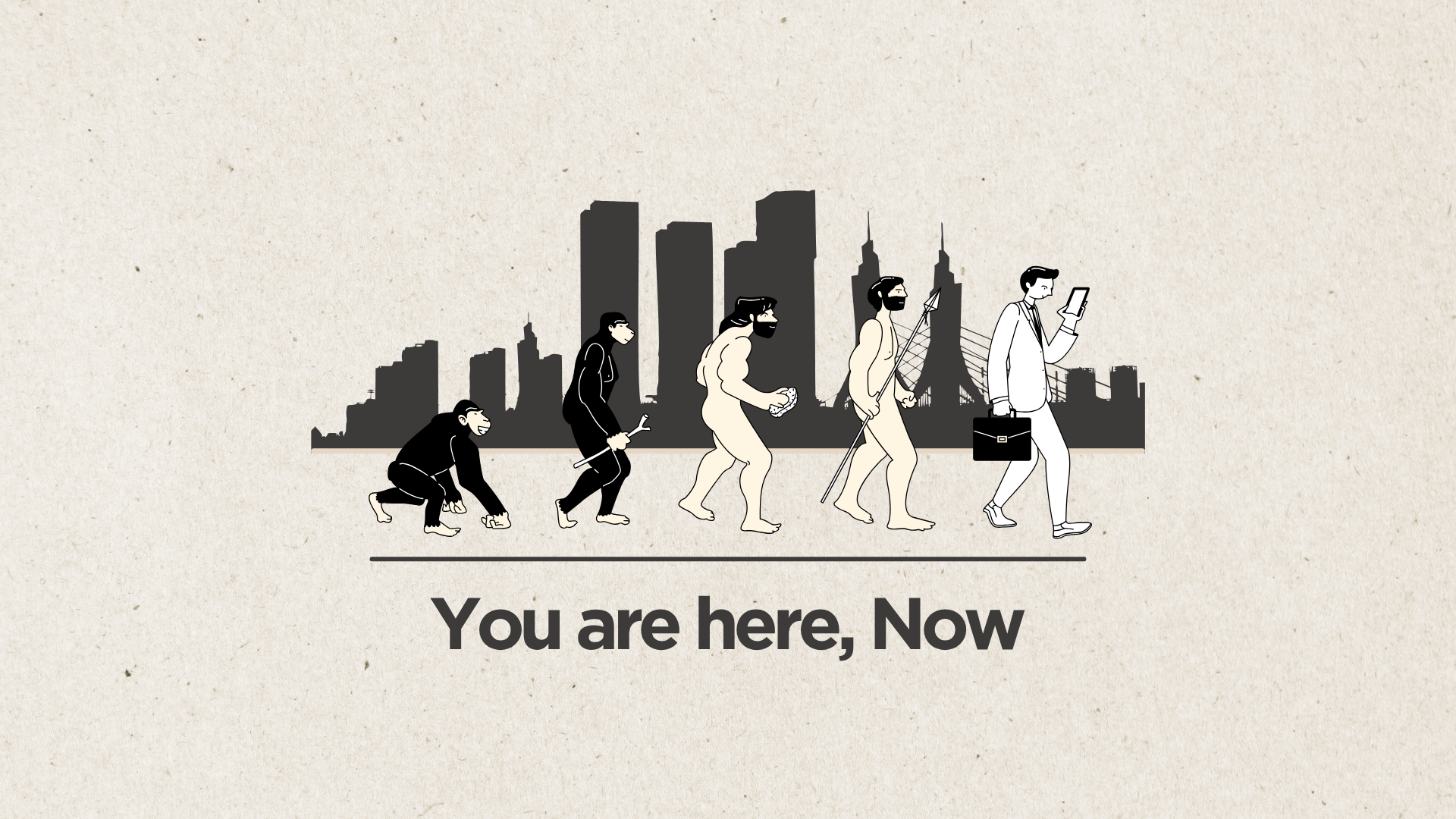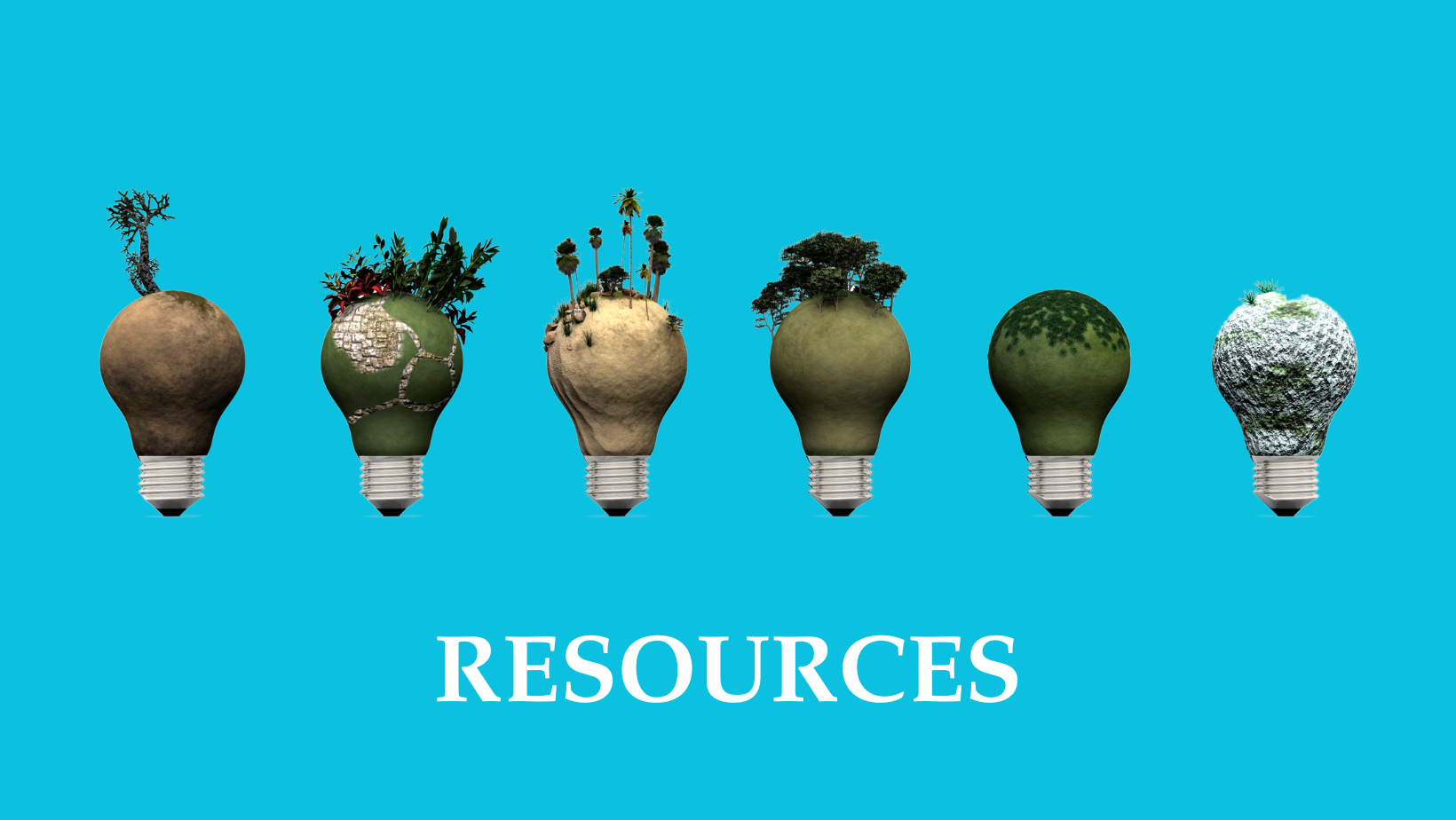Whether you're a workaholic, a passionate professional, someone trying to make it through the 9-to-5 grind, or anyone working in today's fast-paced world, this probably would have crossed your mind at least once or twice every week...
I'm of course talking about Burnout.
You know that feeling when you're totally wiped out, can't muster up the energy to care about your work, and feel like you're just going through the motions? It's like your internal battery has run flat, and no matter how many cups of coffee you consume, you just can't seem to recharge. That's burnout in a nutshell.
In this post, I'm going to break down everything you need to know about burnout – what causes it, how to spot it, and most importantly, how to bounce back if you're already feeling the heat.
So grab a cuppa, get comfy, and let's dive in!
(Spoiler: Burnout is not just being tired)
What is Burnout?
Burnout is a state of physical, emotional, and mental exhaustion caused by prolonged exposure to high levels of stress.
It's not just feeling tired or having a bad day at work; burnout is a chronic condition that develops gradually over time.
The World Health Organization (WHO) officially recognised burnout as an "occupational phenomenon" in 2019, highlighting its significance in the modern workplace.
In my consulting, I often use the analogy of a candle to explain burnout. Imagine your energy and motivation as the flame of a candle. When you're experiencing burnout, it's as if that flame has been extinguished, leaving you feeling depleted and unable to reignite your passion for work or life.
The Three Dimensions of Burnout
Based on the widely accepted Maslach Burnout Inventory, burnout comprises three key dimensions:
- Exhaustion: This is the core component of burnout. It's characterised by feeling drained, both physically and emotionally, to the point where you struggle to face another day at work.
- Depersonalisation: This involves developing a negative, cynical attitude towards your work or the people you work with. You might find yourself becoming detached or callous, viewing clients or colleagues as objects rather than people.
- Reduced Efficacy: This refers to a diminished sense of personal accomplishment and competence in your work. You may feel less capable or productive, doubting your ability to make a meaningful contribution.
The Burnout Epidemic: Why It's on the Rise
In recent years, I've observed a significant increase in burnout cases across various professions. Several factors contribute to this trend:
- Always-on Culture: With smartphones and remote work blurring the lines between work and personal life, many people struggle to disconnect and recharge.
- Increased Workloads: Economic pressures and lean staffing often lead to employees taking on more responsibilities without adequate support.
- Lack of Control: Feeling powerless over one's work schedule, assignments, or workplace decisions can contribute to burnout.
- Value Conflicts: When there's a mismatch between personal values and job requirements, it can lead to moral distress and burnout.
- COVID-19 Pandemic: The global health crisis has exacerbated many workplace stressors, particularly for healthcare workers and other essential employees.
- Wars and Crises: In recent times, the world has been in a state of considerable turmoil. With all the atrocities going around the world, it can feel daunting (and sometimes pointless) to make an effort at work or school.
Recognising the Signs of Burnout
Early recognition is crucial for preventing and addressing burnout. Here are some key signs to watch out for:
Physical Symptoms of Burnout
- Chronic fatigue
- Insomnia or sleep disturbances
- Frequent headaches or muscle pain
- Weakened immune system, leading to frequent illnesses
Emotional Symptoms of Burnout
- Feelings of failure and self-doubt
- Loss of motivation
- Decreased satisfaction and sense of accomplishment
- Feeling helpless, trapped, or defeated
Behavioural Symptoms of Burnout
- Withdrawing from responsibilities
- Isolating oneself from others
- Procrastinating or taking longer to get things done
- Using food, drugs, or alcohol to cope
The Impact of Burnout: Beyond the Individual
While burnout primarily affects the individual experiencing it, its consequences ripple out to affect organisations and society at large:
- Decreased Productivity: Burnout can lead to reduced work quality, increased errors, and lower overall productivity.
- Higher Turnover: Burned-out employees are more likely to leave their jobs, resulting in increased recruitment and training costs for organisations.
- Health Care Costs: The physical and mental health issues associated with burnout can lead to increased healthcare utilisation and costs.
- Interpersonal Conflicts: Cynicism and irritability associated with burnout can strain workplace relationships and team dynamics.
- Spillover Effects: Burnout doesn't stay at work; it can negatively impact personal relationships and overall life satisfaction.
Preventing Burnout: Strategies for Individuals and Organisations
Individual Strategies to Manage Burnout
- Set Boundaries: Learn to say no and establish clear work-life boundaries. This might involve turning off work notifications after hours or designating specific times for checking emails.
- Practice Self-Care: Prioritise self-care activities that replenish your energy, such as yoga, exercise, meditation, or hobbies you enjoy.
- Cultivate Meaningful Connections: Build supportive relationships both at work and in your personal life. Social support can act as a buffer against stress.
- Reassess Your Values: Reflect on what truly matters to you and align your work with these values where possible in order to live an intentional life.
- Develop a Growth Mindset: View challenges as opportunities for learning and growth rather than insurmountable obstacles. This will help develop resilience and a growth mindset.
Organisational Strategies to Manage Burnout
- Promote Work-Life Balance: Implement policies that support flexible working arrangements and discourage overwork.
- Foster a Supportive Culture: Encourage open communication about mental health, including anything that causes or triggers anxiety and stress. Provide resources such as Employee Assistance Programs.
- Clarify Roles and Expectations: Ensure employees have clear job descriptions and understand how their work contributes to organisational goals.
- Provide Professional Development: Offer opportunities for skill development and career growth to enhance employees' sense of efficacy and engagement.
- Recognise and Reward Efforts: Implement systems to acknowledge and appreciate employees' contributions regularly.
Recovering from Burnout: A Holistic Approach
If you're already experiencing burnout, recovery is possible. Here's a comprehensive approach I often recommend in my consultancy:
- Obtain Help: Seek help to better cope with stressors. Consider psychotherapy to address underlying issues and develop coping strategies.
- Reassess Priorities: Take time to reflect on what's truly important to you and your wellbeing, and make necessary changes to align your life with these values.
- Practice Mindfulness: Techniques like mindfulness or deep breathing can help manage stress and increase self-awareness.
- Improve Sleep Hygiene: Prioritise getting adequate, quality sleep to support physical and emotional recovery.
- Nurture Your Body: Focus on nutrition, hydration, and regular physical activity to boost your physical resilience.
- Reconnect with Passions: Engage in activities that bring you joy and a sense of purpose outside of work.
- Consider Job Crafting: Where possible, try to reshape aspects of your job to better align with your strengths and interests.
Conclusion: Building Resilience for the Long Haul
Burnout is a serious issue, but it's not an inevitability of modern work life. By understanding its causes, recognising its signs, and implementing preventive strategies, we can create healthier, more sustainable work environments.
Remember, addressing burnout isn't just about quick fixes or temporary relief. It often requires a fundamental reassessment of our relationship with work and a commitment to ongoing self-care and organisational change.
As we navigate the complexities of the modern workplace, let's strive to create a culture that values not just productivity, but also wellbeing and fulfilment. After all, a workforce that's energised, engaged, and resilient is not only happier but also more innovative and productive in the long run.













Discussion